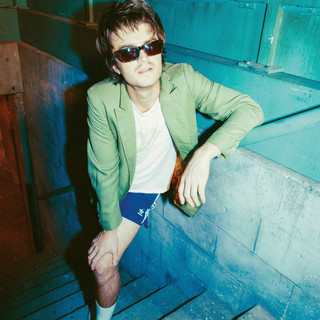Boyhood is a particularly literal interpretation of the coming of age genre. Shot over a twelve year span, Boyhood, directed by Richard Linklater, follows Mason through his adolescence and early adulthood.
The most obviously impressive aspect of this film is the ability for the audience to see the cast age for over a decade. Whereas other movies simply feature child actors with similar haircuts, Boyhood reveals Mason’s refreshingly real transformation. We see him as the plump child, and watch in amazement as he slowly ages to the lanky teenager and grows to the scruffy young adult. While the events are generally fabricated, each moment is grounded in the reality of time.
While it’s easy to gawk at the logistical nightmare that is shooting a twelve year film, Boyhood is much more than its time span. He forces viewers to question the fluid boundaries of family. He wants us to decide whether Mason’s drunk stepfather one-ups the biological and also absent father, examining the emotional responsibilities of child and parent. Touching on all events from birth to death, Linklater allows the audience to live a lifetime. Boyhood makes us experience a midlife crisis while simultaneously re-living hotboxed childhood rebellion.
The film is aesthetically stunning. It is completely saturated with intimate shots of the growing children and tired eyes of worrisome parents. This all was elevated an extra level by the raw talent of the children, who, as they literally grew up, changed in their attitudes and mannerisms.
It was Alfred Hitchcock who said, “Movies are real life with the boring parts cut out.” Boyhood left all the boring parts in. Running 165 minutes, just under 3 hours, the film does at times feel drawn out and lengthy. To some, this film may seem uneventful and mundane. Without an obvious climax and instead composed of many events, Boyhood reflects life itself. It is a constant state of ups and downs and movements in and out of emotional security. It lacks a final resolution, and is filled with stinging disappointments and hidden treasures. This film often highlights seemingly dull moments that would have been significantly condensed in other films . However, it is just these moments that allow the audience to experience Mason’s life in what seems like real time.
Sprinkled throughout the quiet and pensive scenes are humorous modern allusions. It was very entertaining to watch Mason and his sister take down the neighbor’s McCain banners while the audience recalls the 2008 election. Linklater uses the Apple revolution to his advantage, utilizing the original chunky Macintosh computers to the slim iPhone 5s as an indicator of time.
Boyhood allows the audience to experience a lifetime, with all its emotional inquiries. It holds our hand through Mason’s adventures, forcing us to reflect on our own lives. This film examines the emotional rapture and turmoil of living, and that even after all of this, life goes on. Boyhood is a 3-hour hug telling us that everything will be okay.




